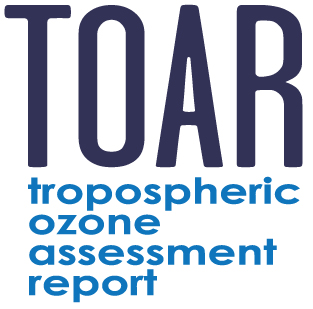East Asia Focus Working Group

Working Group leads: Xiao Lu, Harvard University, USA (xiaolu @ g.harvard.edu)
Ke Li, Harvard University, USA (keli @ seas.harvard.edu)
Tatsuya Nagashima, National Institute for Environmental Studies, Japan (nagashima.tatsuya @ nies.go.jp)
Ja-Ho Koo, Yonsei University, South Korea (zach45 @ yonsei.ac.k)
TOAR-II Steering Committee liaison: Yugo Kanaya, Japan Agency for Marine-Earth Science and Tech. (yugo @ jamstec.go.jp)
Established: March 18, 2021
The East Asia Focus Working Group has the following objectives:
East Asia is a hot spot of global ozone pollution with frequent high ozone episodes. Long-term increases of tropospheric ozone levels over East Asia have been observed, which also influence air quality in downwind regions as well as the global ozone budget through effective long-range transport. The rapid ozone increases over China and Korea after 2013, despite anthropogenic NOx decreases, have received particular research interests, and the underlying mechanisms remain unclear. Japan and Southeast Asian countries such as Malaysia also have experienced continuous increases of surface ozone over the last couple of decades. Ozone evolution and its driving factors in US and Europe have been studied comprehensively, which benefit from the sharing of extensive measurements of ozone and its precursors, and from well-developed supporting databases of regional anthropogenic emissions and meteorological parameters. These efforts provide valuable references for studies of ozone across East Asia.
The East Asia Focus Working Group aims to advance ozone research over East Asia, with a focus on understanding ozone trends and their driving factors. The working group will construct an open-access dataset for East Asia Ozone Study (EAO3 dataset) as a supplement to the TOAR II surface ozone database. The EAO3 dataset will include ozone measurements from the surface (which will also be included in the TOAR II surface ozone database) to the tropopause collected from individual institutions, and auxiliary measurements of ozone precursors, emission data, meteorological data, and other geographic data over East Asia. The ozone measurements in the EAO3 dataset, combined with the TOAR II database, which includes nationwide monitoring networks from China, South Korea, and Japan, will provide a comprehensive view of ozone distributions and evolution over East Asia across different spatiotemporal scales. The auxiliary data in the EAO3 dataset will largely facilitate ozone research over East Asia, e.g. by providing high-quality input data for statistical or chemical models. The Working Group will endeavor to quantify the climatic and chemical factors driving tropospheric/surface ozone trends over East Asia, and to reconcile the results from chemical transport models, statistical methods, and machine learning methods, based on the EAO3 dataset.
For current information visit the dynamic East Asia Focus Working Group webpage